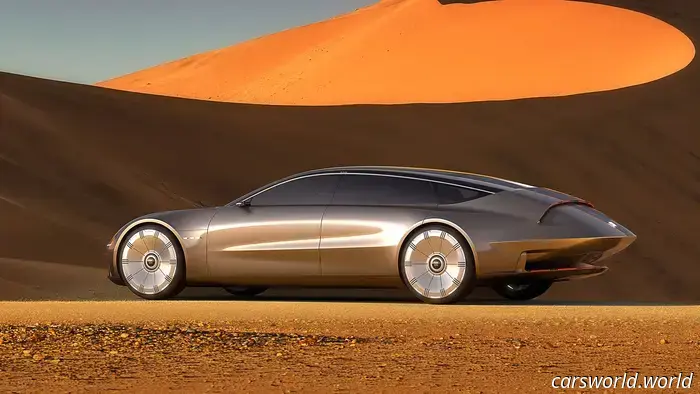
GM's new design chief states that self-driving technology will considerably alter the appearance of cars.
The Buick Electra Orbit concept was designed by the GM China Advanced Design Center located in Shanghai.
It has often been stated that the automotive industry is at a critical turning point, but it’s not solely due to electrification that this shift has occurred. Technologies do not develop in isolation; they enhance one another. While electric vehicles (EVs) are currently a focal point for the market, the next significant advancement on the horizon is the autonomy of our roadways. Bryan Nesbitt, the newly appointed head of global design at General Motors, asserts that this shift will transform car design.
“One of the most significant changes in mobility is occurring now with the advent of autonomous driving,” Nesbitt mentioned in a recent GM interview. The designer, who has taken over from Michael Simcoe, referenced an unusual method through which consumers dealt with a similar level of transformation generations ago.
“There was once a model of a horse’s head that could be affixed to the front of automobiles, facilitating an emotional shift from horse to car,” Nesbitt noted. “This highlights how profound this transition was for individuals.”
“This upcoming phase is crucial because it will shape our behaviors,” he continued. “That’s what effective technology accomplishes. Our conversations have increasingly centered around the overall experience. Regardless of technological advancements, our focus is on how elegantly it can be woven into everyday life.”
The Buick Electra Orbit concept was envisioned by the GM China Advanced Design Center in Shanghai.
Throughout my life, I have observed concept cars envisioned for a scenario where driving is optional. These cars often feature long, pod-like shapes with flexible seating arrangements, typically in a circle, along with amenities like tables, mini-fridges, and sometimes even plants. Though they have never appeared plausible, they have been a fixture at auto shows for decades.
This transportation vision is largely idealized or fantastical. Even in a future where such vehicles may exist, who would want their daily commute to resemble a social event? People also appreciate solitude. The challenge of relinquishing control may pose more of a barrier for enthusiasts like us than for others. When control is taken away, so too is personal investment. And how can one develop an emotional attachment to a vehicle in which they have no stake? For a designer—someone who aims to infuse emotion into machines that are essentially viewed as appliances by many—this presents a considerable challenge.
When Nesbitt speaks of human behaviors and “the total experience,” I believe he is addressing how our relationships with cars are likely to evolve dramatically in the next couple of decades. Perhaps there is a way for that connection to remain strong even as we cede control. However, it’s difficult to envision what that might look like from our current standpoint.
For instance, EVs have allowed the industry to break free from the design limitations that have characterized automotive design for the past century. Yet, the vehicles that demonstrate this potential are frequently mocked as jellybeans. The public’s preferences will not change with messaging alone, even if conveyed through design. The “artful integration” of technology, as described by GM’s new design chief, is crucial. If it doesn’t enhance lives or offer some clear benefit, it will likely fail.
Have a tip? Share it with us at [email protected]


Other articles
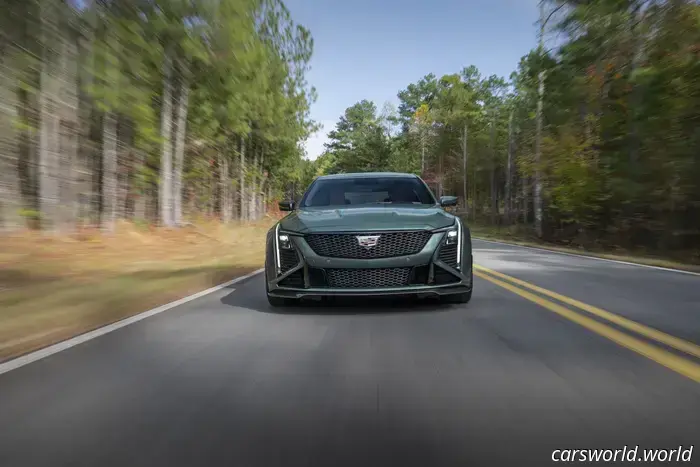 Cadillac is waiting on two factors before launching an electric Blackwing.
An electric Cadillac Blackwing is likely a matter of when rather than if, but the timeline will depend on various factors.
Cadillac is waiting on two factors before launching an electric Blackwing.
An electric Cadillac Blackwing is likely a matter of when rather than if, but the timeline will depend on various factors.
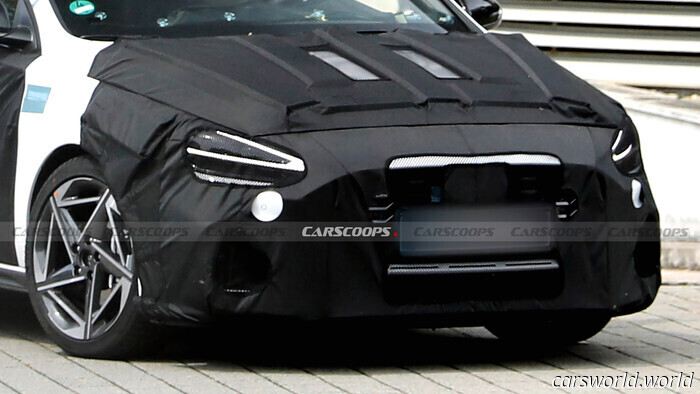 Hyundai's Compact Wagon Surprises With an Uncommon Third Facelift | Carscoops
The durable i30 is preparing for its third facelift, which is expected to focus on enhancements in interior features and technology.
Hyundai's Compact Wagon Surprises With an Uncommon Third Facelift | Carscoops
The durable i30 is preparing for its third facelift, which is expected to focus on enhancements in interior features and technology.
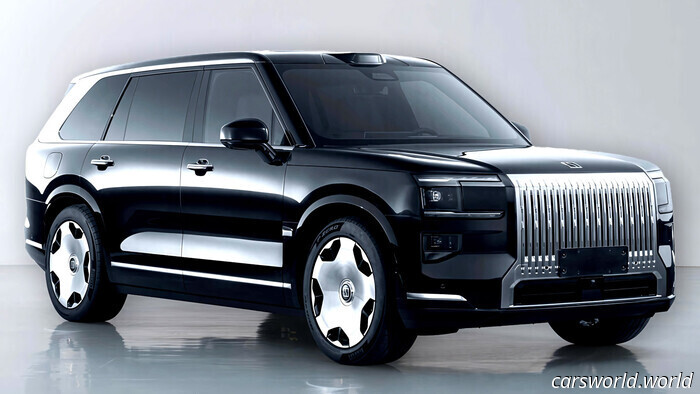 Zeekr 9X Features an Unprecedented Battery and Astonishing Hypercar Performance in a Hybrid SUV | Carscoops
The 9X can accelerate to 100 km/h (62 mph) in only 3.1 seconds and has a maximum speed of 240 km/h (149 mph).
Zeekr 9X Features an Unprecedented Battery and Astonishing Hypercar Performance in a Hybrid SUV | Carscoops
The 9X can accelerate to 100 km/h (62 mph) in only 3.1 seconds and has a maximum speed of 240 km/h (149 mph).
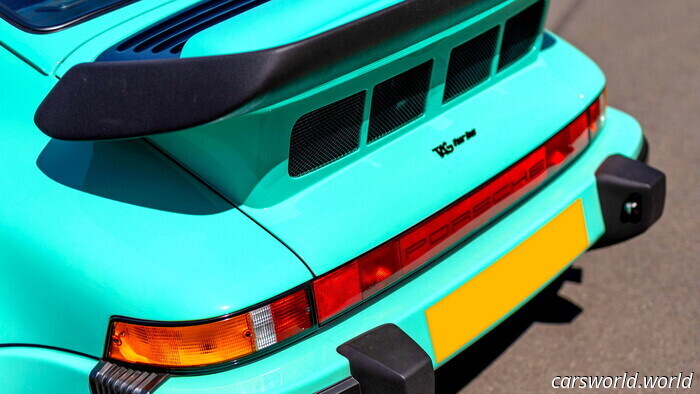 This Uncommon Street-Legal 911 Hides an Authentic F1 Engine | Carscoops
Prost secured third place at the 1987 Hungarian Grand Prix with this particular engine.
This Uncommon Street-Legal 911 Hides an Authentic F1 Engine | Carscoops
Prost secured third place at the 1987 Hungarian Grand Prix with this particular engine.
 Rivian is working on new technology to enhance the agility of its electric vehicles.
Rivian inadvertently verified that steer-by-wire and rear-wheel steering are included in its future plans.
Rivian is working on new technology to enhance the agility of its electric vehicles.
Rivian inadvertently verified that steer-by-wire and rear-wheel steering are included in its future plans.
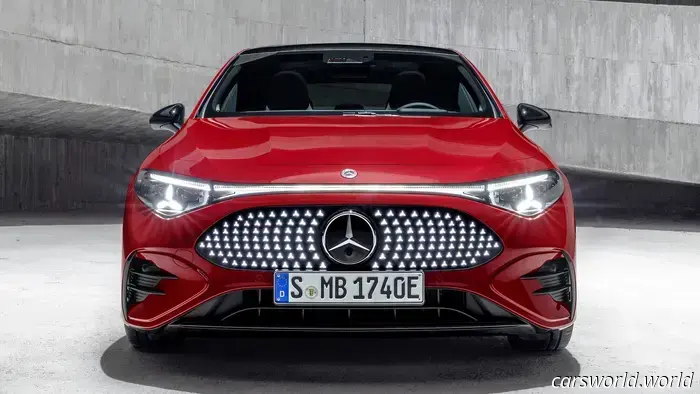 The CEO of Mercedes seeks a ‘reality check’ and claims that Europe's ban on gas engines will lead to a market collapse, according to TDS.
Critics argue that the prohibition on sales of new gas-powered vehicles will hinder European car manufacturers that are already facing difficulties.
The CEO of Mercedes seeks a ‘reality check’ and claims that Europe's ban on gas engines will lead to a market collapse, according to TDS.
Critics argue that the prohibition on sales of new gas-powered vehicles will hinder European car manufacturers that are already facing difficulties.
GM's new design chief states that self-driving technology will considerably alter the appearance of cars.
According to GM's new design chief Bryan Nesbitt, car design will increasingly focus on interaction, similar to fashion, as self-driving vehicles progress.
